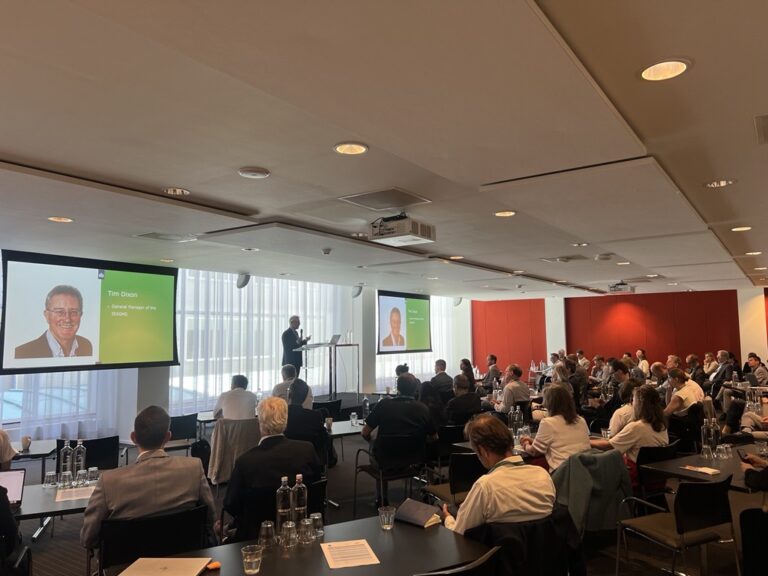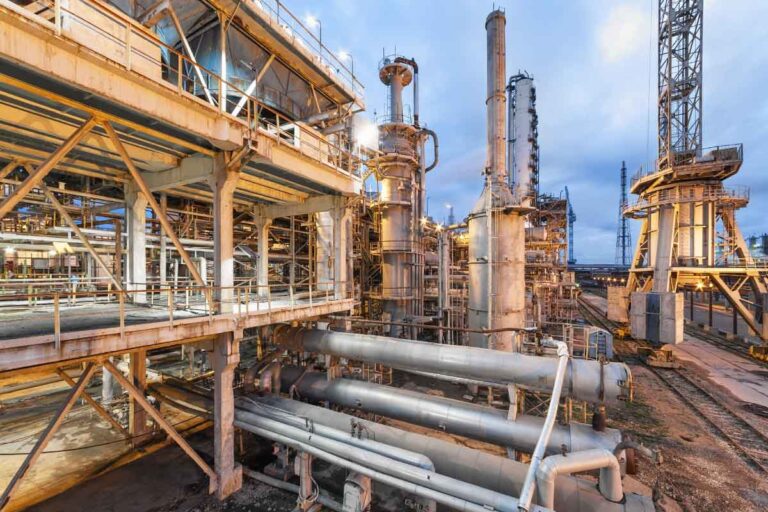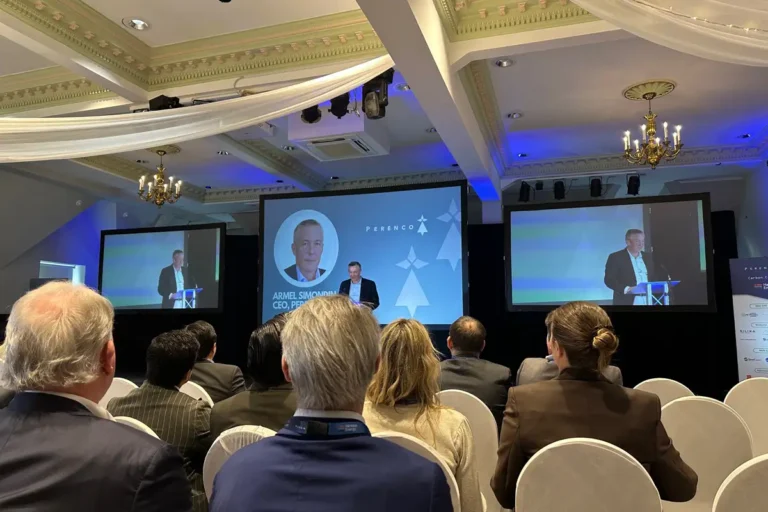
2nd International Negative CO₂ Emissions Conference, Chalmers University of Technology, Sweden June 14-17, 2022
15 June 2022


This second 4 day conference on negative emissions technologies (NETs) opened on 14th June, with more than 275 in-person and 40 online attendees. It is hosted by Chalmers University of Technology in the Swedish city of Gothenburg. The varied content and key speakers with expertise in NETs highlight the growing importance that NETs have in reaching net zero target goals by 2050 but only if national and international policies invigorate its application.
This theme was emphasised by the opening keynote speaker, Christian Holzleitner, the European Commission’s (EC) Director-General for Climate Action. In his opening remarks Mr Holzleitner emphasized the necessity for more sustainable production of carbon from non-fossil sources combined with more sustainable use, and storage, of non-fossil sourced carbon. Land-use has an important contribution to these aims however the contribution from CCS was acknowledged specially for the abatement from industrial sources.
One way to achieve climate neutrality is the enhanced use of land use especially biomass in the form of forestry. By 2050 improved carbon practices could have the potential to reduced 200 MtCO2. One of the advantages of enhanced land-use practices are the added benefits. These include: increased carbon removal; additional income for land owners; greater biodiversity; and increased climate resilience of agricultural and forestry resources. Examples include afforestation, less intensive crop production, and, significantly, reverting or rewetting peatlands to their natural state. Christian Holzleitner did recognise that one of the biggest challenges facing carbon management, and land-use, is carbon accounting and the associated accreditation scheme that would be needed to ensure accurate implementation. To this end the EC is setting up an Action Plan to establish such a system, an expert group and a legislative proposal. The presentation concluded with a summary of the EU’s Innovation Fund which is supporting 7 first-of-a-kind projects with a total of €1145 million to simulate sustainable NETs and CCUS. The 7 include a BECCS CHP plant linked to CO2 storage in the North Sea and an electrolytically derived hydrogen direct reduction for steelmaking project.
With the clear expansion of NETs, and greater international trade either in carbon credits or materials from sustainable sources, there is a clear message from this keynote address that a robust accreditation scheme with transparent rules for high quality carbon credits, as well as open-access cross-border CO2 infrastructure, will be essential.
In the second keynote, Anders Lyngfelt, Professor at Chalmers University, debunked the biggest misconceptions with regards to Bio-CCS. These include the following: not needed; not enough (referring to the land needed, this is where multi-use biomass systems come into play to reduce pressures on land by managing land-based systems more efficiently); not existing at scale; not safe; not a priority (it is needed now considering the carbon budget will be used up by ca 2029); and too expensive. Anders Lyngfelt also highlighted the importance of CO2 emitter liability.
Forestry specialist Peter Holmgren showed in the third keynote, using the example of Swedish forests which store on average ca. 70 tC/ha, that active forestry can lead to more carbon stored and highlighted the role of a circular forest bioeconomy in this regard. Over the last 30 years, Swedish forests have been a net sink of 1.16 GtCO2. Well managed forests with sustainable harvesting can provide large and stable negative emissions, of course depending on the financial viability.
Other articles you might be interested in
Get the latest CCS news and insights
Get essential news and updates from the CCS sector and the IEAGHG by email.
Can’t find what you are looking for?
Whatever you would like to know, our dedicated team of experts is here to help you. Just drop us an email and we will get back to you as soon as we can.
Contact Us NowOther articles you might be interested in
Get the latest CCS news and insights
Get essential news and updates from the CCS sector and the IEAGHG by email.
Can't find what you are looking for?
Whatever you would like to know, our dedicated team of experts is here to help you. Just drop us an email and we will get back to you as soon as we can.
Contact Us Now









